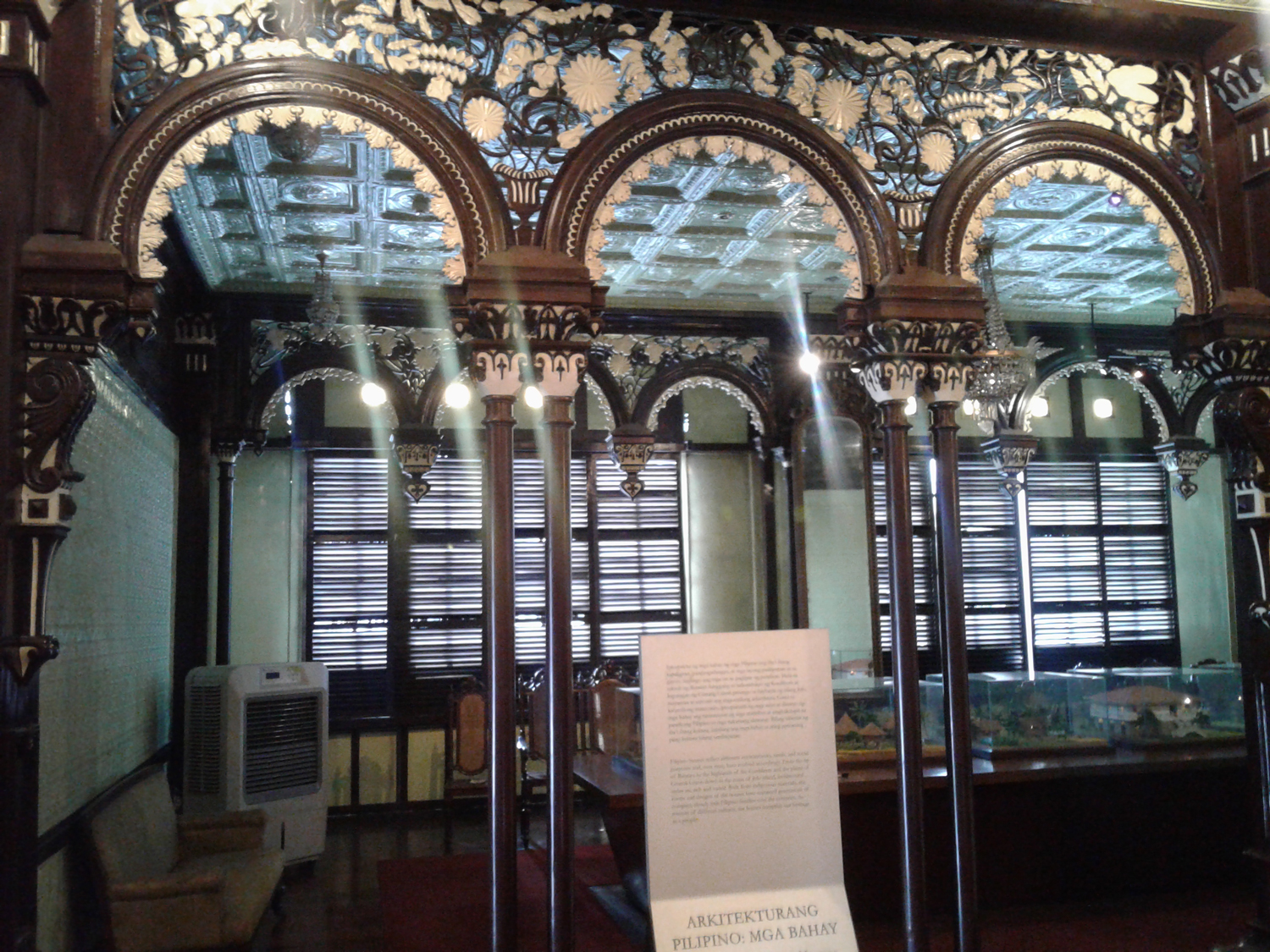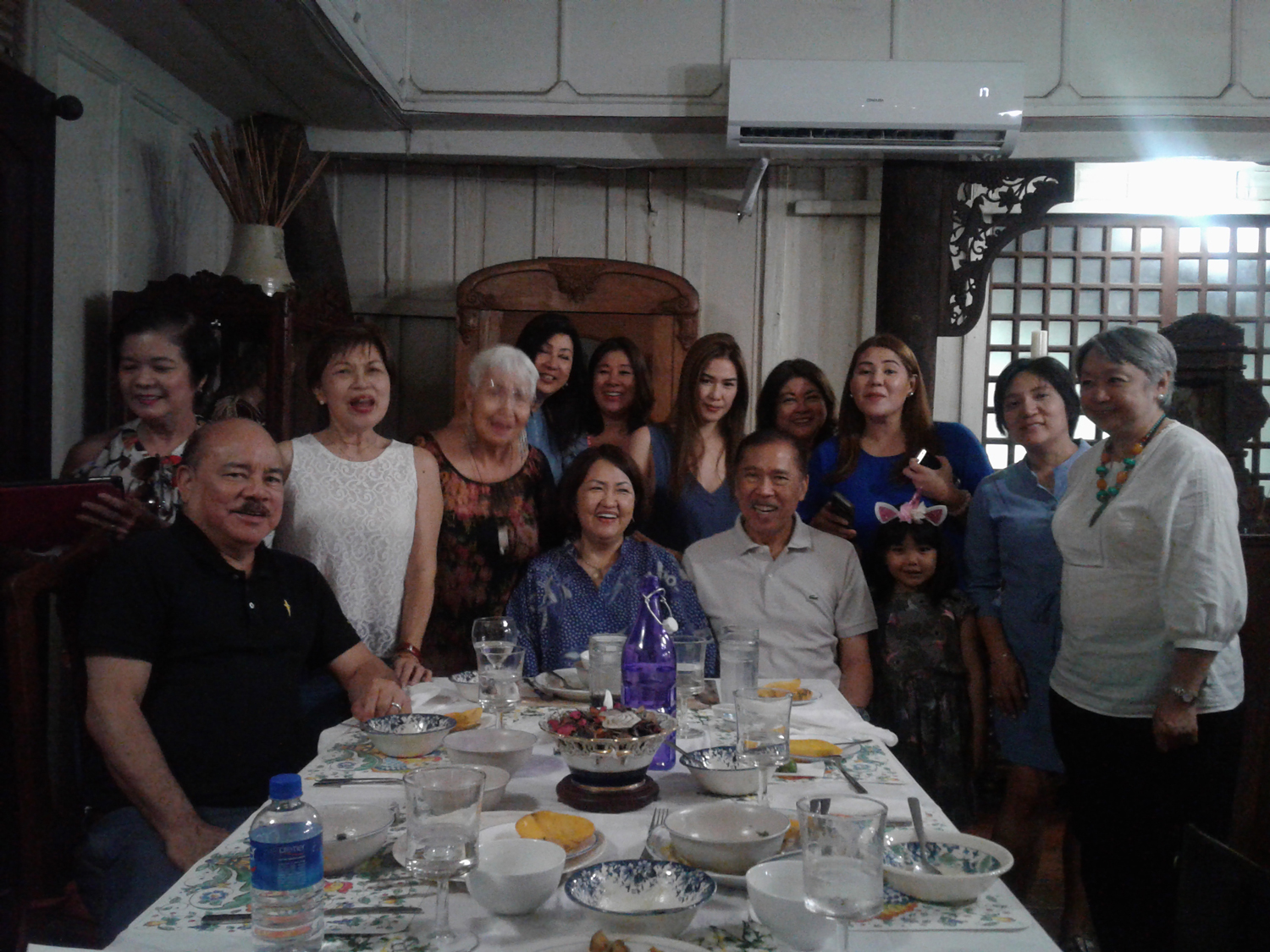Angeles City’s Mini-Renaissance in Heritage Restoration
/The Pamintuan Mansion (Photo by Virgilio A. Reyes, Jr.)
The Philippine counterpart to the City of the Angels in California and Krung Thep in Thailand (since Bangkok is also known as the City of the Angels) may be considerably more modest, but the cultural gems that are now being burnished in our Pinoy version of the “angelic city” make a weekend trip worthwhile.
Angeles makes an interesting counterpoint to the Clark Freeport Zone, newly resurrected from Mt. Pinatubo’s terrible onslaught in 1998 and reborn as an export free-trade zone after the abrupt closure of Clark Air Force Base by this environmental outburst and senatorial fiat. The new Clark Freeport Zone itself is refreshingly cool and green, with an urban plan that still recalls its Yankee roots and organization.
Today, aside from the smart duty-free shops, golf links, chic new hotels, and a state-of –the art residential city speedily taking shape, Clark boasts an international airport and the Clark Museum. With an adjacent 4D theater, the museum artfully records a century of interaction by Filipinos with the new American dispensation. Angeles City had been formerly known as the modest town of Culiat and had served very briefly as the seat of the Philippine Republic when President Emilio Aguinaldo and his government were fighting for the survival of the newborn country.
“Angeles City is fortunate to have retained its oldest house now associated with the Henson family, dating back to 1824. ”
Significant events happened in Clark, which originated as a cavalry center called Fort Stotsenberg. These included not only its development as an air force center and important nexus of the U.S. Pacific Command, but also its dramatic destruction and occupation by the Japanese during the Second World War. It came to be a strategic military center during the Vietnam War where wounded soldiers were airlifted and treated prior to their return to the U.S. mainland. For the Filipinos, Clark was where the first Filipino president after the war, Manuel A. Roxas, met sudden death after suffering a tragic heart attack in 1948. Cinematically, Clark has also been the backdrop to dramatic films in which Pinoys are depicted as being on the receiving end of the colonial rod.
The Friendship Highway is what connects Clark with Angeles City, uniting its American past with its more Malayan-Spanish one. One must literally go through a gauntlet of hardscrabble shops, hotels, markets, and eateries (not quite as tawdry as during the heyday of the Clark Air Base) before emerging into the relative old-world charm of the former Filhispanic city of Our Lady of the Angels. Here the streets fortunately still retain names such as Santo Entierro and Santo Rosario, interspersed with heroic Philippine names, both national and local.
The handsome Church is still the centerpiece of Angeles City, with its tall inspiring spires and well-preserved stone facade. The houses of the principalia (local elite) are clustered around its religious center, some of them now transformed into mini-commercial centers and schools. One of the largest academic centers is the Holy Angels University, which hosts the Center for Kapampangan Studies as well as a respectable museum featuring regional Pampango art and craftsmanship. It may be well worth noting that the publishing house, under the leadership of the Nepomuceno family, has pioneered not only in translating, but also in printing, meriting it several National Book awards in various categories. Cultural leader Roberto Tantingco has also obtained awards for film production and scriptwriting. Culture and heritage conservation are clearly important components of the school curriculum as well as part of the mission/vision of this institute.
Angeles City is fortunate to have retained its oldest house now associated with the Henson family, dating back to 1824. The stone-and-wood abode was originally built by Don Angel Pantaleon de Miranda and his wife, Doña Rosalia de Jesus, effectively the founders of Angeles City (formerly Culiat). This was inherited by their daughter Doña Juana Miranda de Henson, who then passed it on to her heirs, Don Jose and Don Vicente. The Henson family still owns this beautifully preserved mansion and, unlike many families who have abandoned their ancestral homes, still actively visits and lives in it periodically. The house is chockfull of treasures such as family portraits, porcelain, art posters, and even modern-day paintings, which blend in with the spirit of the place. The house is not a dead artifact but is alive with a family that treasures its links with the past. One notes the splendid Pampango cuisine proffered guests, which is part of the intangible heritage that lives on here.
The Miranda-Henson House, dating back from 1824 (Photo by Virgilio A. Reyes, Jr.)
On the street leading to the church is another jewel in the crown of Angeles City—the late-19th century mansion of the Pamintuan family. It has now been transformed into a Museum of Social History of the Philippines. Just as the Miranda-Henson house mirrored Angeles’ early history, the Pamintuan mansion reflects the splendor of the gilded age in the Philippines. One may truthfully say that the best of Pampango craftsmanship is depicted here – none but the best wood, stone, and filigree were used to construct and embellish this residence, a living testimony to the abilities of the Filipino.
Author with the plaque of Museum of Social History of the Philippines (Photo courtesy of Virgilio A. Reyes, Jr.)
It is no wonder then that President Emilio Aguinaldo chose to stay here with the Pamintuan family and celebrate Independence Day in June 1899 at this residence. A lithograph captures the parade passing under the Pamintuan house proudly festooned with the Philippine tricolor.
Historic 19th century lithograph showing Pamintuan Mansion as venue of Independence Day celebration, June 1899 (Photo by Virgilio A. Reyes, Jr.)
With a dramatic black-and-white pattern, room after room in the house explores the chiaroscuro of these two basic colors. Machuca tile blends with floral and geometric designs to delight the eye. Sugar and rice money blended with fine taste and education to produce this gem of a bahay-na-bato (grand stone house) at its apogee. Owners of the house were Don Florentino Pamintuan and his second wife, Tomasa Centeno, a tenant’s beautiful daughter whom he had had trained in a convent before finally wedding her. It was the refined taste of the lady of the house, who also turned out to be a clever entrepreneur, that determined the shape, form, and artistry of the mansion that we marvel at today. Her spouse, who must have doted on her, must have indulged her every whim in the development of the house.
Dona Tomasa Centeno de Pamintuan, wife of Don Florentino Pamintuan (Photo by Virgilio A. Reyes, Jr.)
The Pamintuan mansion has also had its share of good fortune, surviving to the present day when so many heritage houses have succumbed to the vicissitudes of time and the wrecking ball. The house was occupied by both the American and Japanese invaders and abandoned by its owners, who sought refuge in Spain and the United States, when their lives were threatened by the Hukbalahap. The Pamintuan house was eventually sold to the Tablante family, who developed it as commercial property. In 1982, then Central Bank Governor Jaime Laya requested historian Serafin Quiason to look into the government’s purchasing of this historic property. For many years, the Central Bank utilized the ground floor as the clearing house for Central Luzon while the second floor was reserved for development as a museum. Cultural maven Ado Escudero and architect Wilhelmina de las Alas restored the building gradually with antique wood furnished by Viring de Asis. Today, the Pamintuan mansion literally gleams with its Moorish style old wood and ornamentation.
Moorish arches of Pamintuan Mansion (Photo by Virgilio A. Reyes, Jr.)
Members of Guanzon Family at Miranda-Henson house with guests, April 2018 (Photo courtesy of Virgilio A. Reyes, Jr.)
This happy ending is not always the fate of many heritage homes in the Philippines, which is why it is a delight to recommend, to Balikbayans and other Filipinos, a visit to Angeles City.
A career diplomat of 35 years, Ambassador Virgilio A. Reyes, Jr. served as Philippine Ambassador to South Africa (2003-2009) and Italy (2011-2014), his last posting before he retired. He is now engaged in writing, travelling and is dedicated towards cultural heritage projects.
More articles from Virgilio A. Reyes, Jr.









